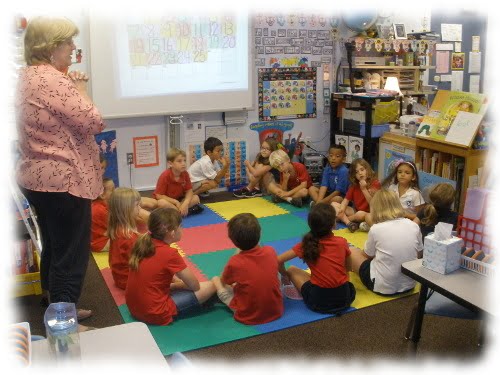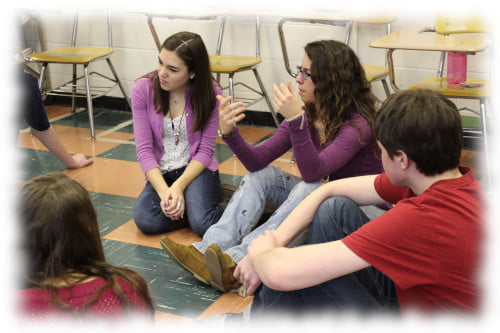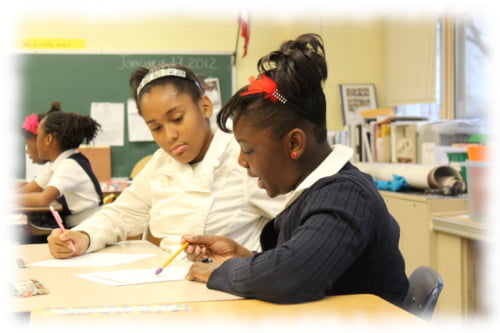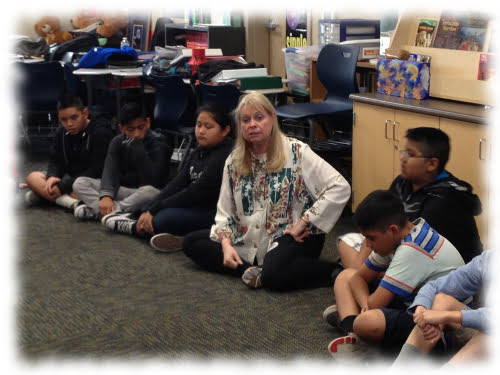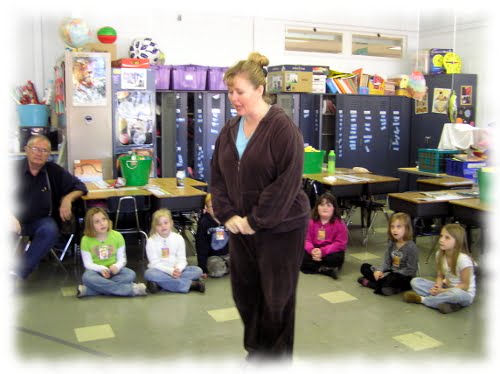Let’s get the conversation started about classroom management in drama. Teachers have posed many questions to us concerning management techniques including this one about group work with young students. I will answer this and then request other ideas from this newsletter community and on our blog. The questions came from you and are stated exactly as they have been presented to me. I will do my best to interpret the questions and provide an answer from my background. Just send us your ideas and thoughts and we will get the conversation started. None of us are as smart as all of us, so jump in there and share what you know relating to each question presented.
Here is the next question posed by our community and it affects everyone in drama teaching practice as well as anyone teaching with constructivist methodology:
"How can I best facilitate smaller group work with young students?"
Facilitating small group work with younger students in drama can be challenging. It is really at about eight years when students strongly desire to team, listen, and negotiate with their peers. This means that group work for younger students needs to be carefully designed and guided.
At the early ages I begin with simultaneously play, all of the students actively engaged in the playing of the drama, often with me or another adult in role as one of the characters and/or narrator of the story. At the end of these sessions, I might have students pair up and retell the story to another classmate. It is important that during the retelling, the listener does not interrupt or say a word until the re-teller has completed their sharing. They can then be directed to share with their partner any story elements or plot details that might have been omitted. Students need to be guided on the best/polite way to share with their partner about what was omitted. They might begin with “I think you might have forgotten…” or “I don’t think I heard you say…” Students, who are eager to tell their partners what they left out, often don’t present their ideas in a kind manner. It is okay to prompt and discuss the use of vocal tone and word choice when working with others.
Another idea for post-drama sharing is to have the partners discuss some aspect of the dramatized story, such as: which character they felt made the right choice, or what new ending they would add if they were the author, etc. Students listen carefully to each other and then share the ideas of their partner with the entire class. In this way, students learn to accept and acknowledge that others, besides themselves, have ideas to share.
As the students gain confidence in working with others, I partner them to plan and act out short simple stories or poems. First I begin with pieces of literature where there are two identical characters, like two ghosts or two rabbits. If I am using a story with two different characters, I use a carefully selected method of determining who is who. For instance, I will direct the tallest person to be the one character and the shortest to be the other. In rare instances, I will circulate the room and designate the characters, always mindful to play the story twice so that partners might trade characters as they play the story again.
In these partner dramas, once the characters have been decided, I share with the students some difficulty that will be encountered in acting out the story. I can think of one story I use where the two characters exchange heads. I mention to the students that I don’t know how we can act this but that I am sure they will think of something. I then give the partners time to discuss and try out a solution to the problem. All teams, one at a time, share their solution with the class. Then I give partners a chance to go back and either use their original idea or use an idea presented by another team.
At this age and during these first steps, we are laying the foundation to accept ideas, listen to others, and make choices with a partner. This will be extended in first grade to include work in teams of three or four so that by the age of 8, students can work comfortably in groups of 5-6.
It is a process. The work needs to evolve over time and at the speed of the participants. The drama leader needs to be ever watchful for the students who become “the boss,” or those who are “too timid” to share their ideas with a partner. These behaviors need to be addressed thoughtfully. The process outlined above begins to build community and respectfullness among your students.
Now it is your turn to share your strategies. Send them our way and we will put your thoughts in our next post or newsletter.

